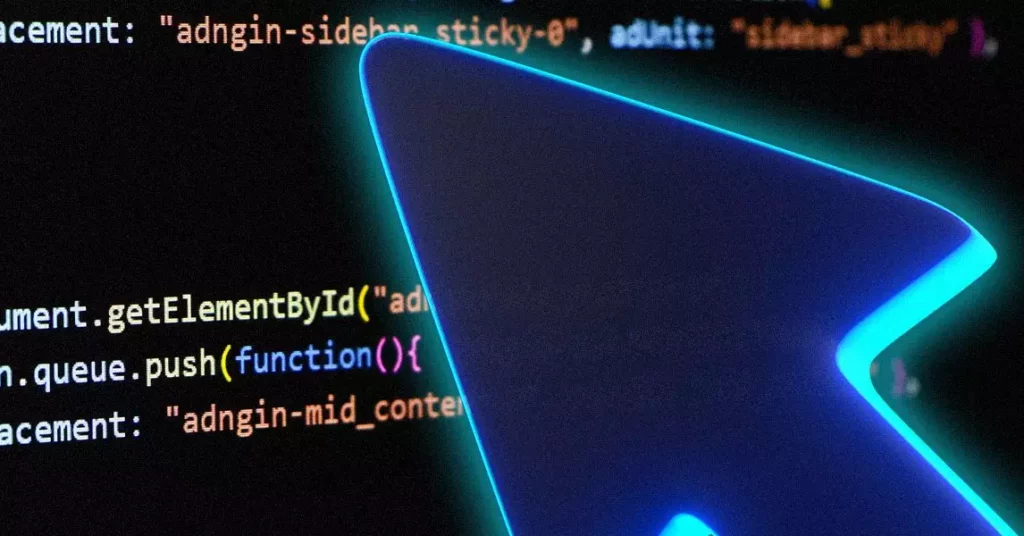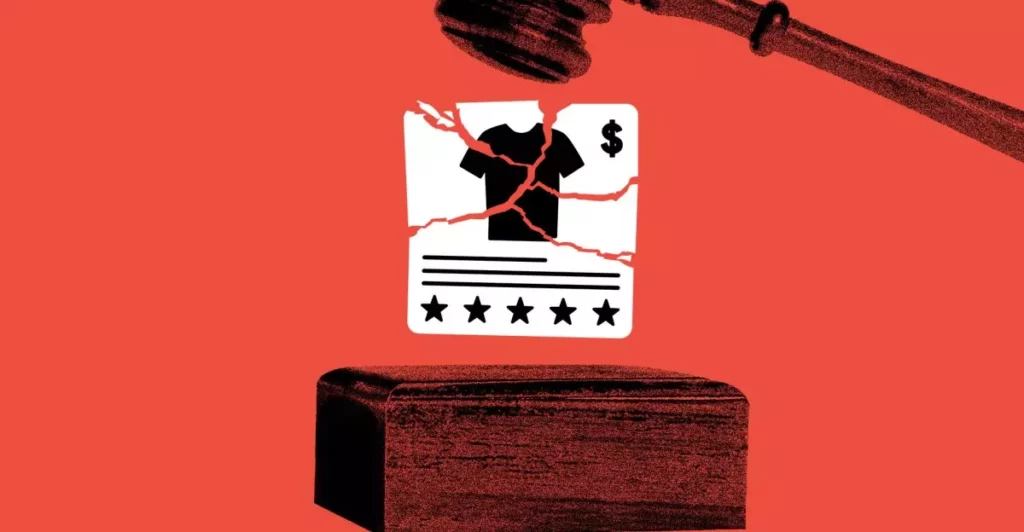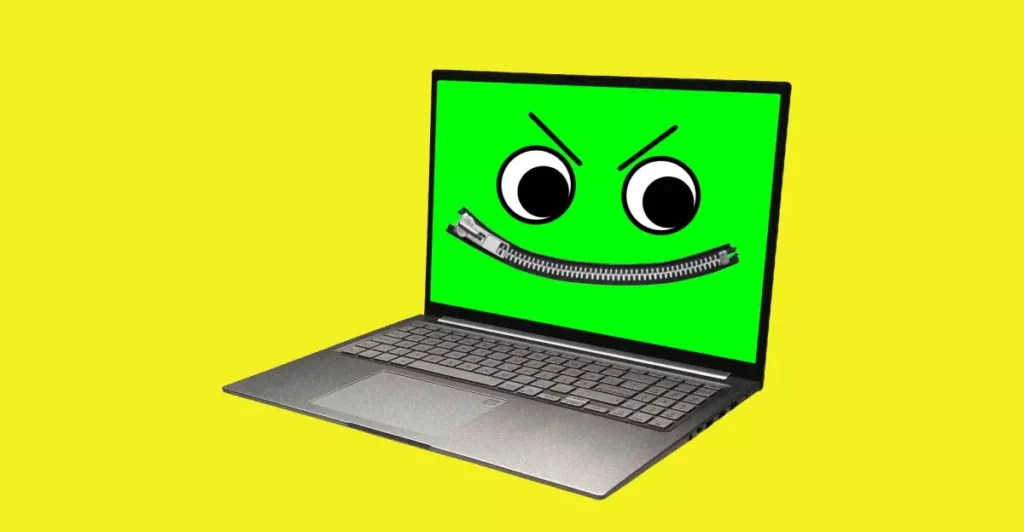Artificial Intelligence has undeniably entered the coding landscape with a force that appears revolutionary on the surface. Platforms like GitHub Copilot and similar tools from giants such as Google and OpenAI have been heralded as catalysts for unprecedented productivity gains. But beneath these glimmering promises lies a more sobering reality: the very integration of AI into software development is creating a false sense of security, masking deeper vulnerabilities. While advocates tout AI as an indispensable partner capable of accelerating workflows and enhancing code quality, the truth is that this reliance is perilous. It assumes that AI models, which are still in their evolutionary infancy, are infallible or at the very least, sufficiently reliable to handle complex, mission-critical systems. That is a dangerously naive assumption. The increasing dependence on these tools might not just be a step forward but a slide into complacency, where developers trust AI outputs without critical scrutiny. The illusion of ease and rapid iteration can lull teams into overlooking core skills and neglecting foundational coding principles. This misalignment between perceived and actual capability fuels a risky trend: turning AI from a helper into an unchecked authority.
Overconfidence and the Shadow of Error: The Cost of Blind Trust
Despite impressive AI advancements, the underlying technology remains flawed. Recent incidents—such as catastrophic data deletions or security flaws introduced by AI-generated code—highlight vulnerabilities that have yet to be addressed in any meaningful way. When an AI system inadvertently deletes an entire database, it underscores how fragile these tools still are. In environments where precision and data integrity are paramount, such failures are not mere inconveniences; they border on disasters with potentially devastating consequences. Even the most refined AI models, like Google’s Gemini or OpenAI’s GPT variants, are riddled with blind spots. They can recommend insecure code, propagate incorrect logic, or suggest solutions that seem convincing but fail upon closer inspection. This introduces a paradox: the very intelligence designed to streamline development can become a systemic weak point. As some organizations report that a significant proportion of their code—sometimes as high as 40%—is AI-derived, it becomes clear that robots are assuming a significant role. But this reliance comes with the peril of complacency, a dangerous overconfidence in AI’s proficiency that often leads to lapses in oversight. Ultimately, the assumption of AI infallibility is a dangerous delusion that could lead to catastrophic system failures.
The Illusion of Bug-Free Code and the Reality of Undetected Vulnerabilities
Bug detection remains one of the thorniest issues in AI-assisted development. While AI tools like Bugbot are being designed to proactively identify and fix bugs, their effectiveness is still questionable. They are, after all, imperfect systems susceptible to their own faults. For instance, there are instances where Bugbot and similar tools correctly flagged issues but acknowledged the possibility of their own failure—a clear indicator that AI’s role is more as a collaborator than a foolproof solution. The risks extend beyond simple bugs; security vulnerabilities, logic errors, and performance issues can slip through AI’s oversight, often remaining hidden until it’s too late. This suggests that the narrative of AI as an ultimate safeguard against bugs is overly optimistic and somewhat irresponsible. Relying on AI to identify faults without rigorous human validation is a recipe for cumulative errors, which—if left unchecked—could snowball into more serious systemic vulnerabilities. Industry reports indicating that a significant chunk of code is AI-generated further emphasize the importance of robust oversight. Trusting AI to be an autonomous gatekeeper is not just naive; it borders on recklessness.
The Future of Development: A Balancing Act Between Human Ingenuity and Machine Assistance
As AI tools evolve, a critical debate emerges: Should developers become passive overseers or active judges of the technology’s output? Critics argue that overdependence on AI could lead to the erosion of fundamental programming skills, fostering complacency and reducing competence over time. This “crutch effect” risks turning seasoned developers into amateurs, unprepared for situations where AI falters unexpectedly. The antidote, however, lies in adopting a balanced partnership—leveraging AI for routine tasks, bug detection, and optimization while maintaining a vigilant human presence. Such symbiosis could push programming onto a new horizon—one where creativity and strategic thinking reign supreme, driven not by machinery but by human innovation. Still, this ideal partnership hinges on addressing current deficiencies—closing the logic gaps, refining error detection, and preventing major failures. Until then, the promise of autonomous coding assistants remains an optimistic vision clouded by the reality of imperfect tools and inevitable mistakes. The prudent approach involves harnessing AI’s power while maintaining rigorous oversight, ensuring progress does not come at the expense of safety and mastery. The challenge is not adopting AI outright but mastering its integration responsibly, balancing innovation with caution. Only through this critical stance can the industry avoid the pitfalls of a reckless rush towards automation—one that risks turning promising technology into an instrument of unforeseen chaos.









Leave a Reply